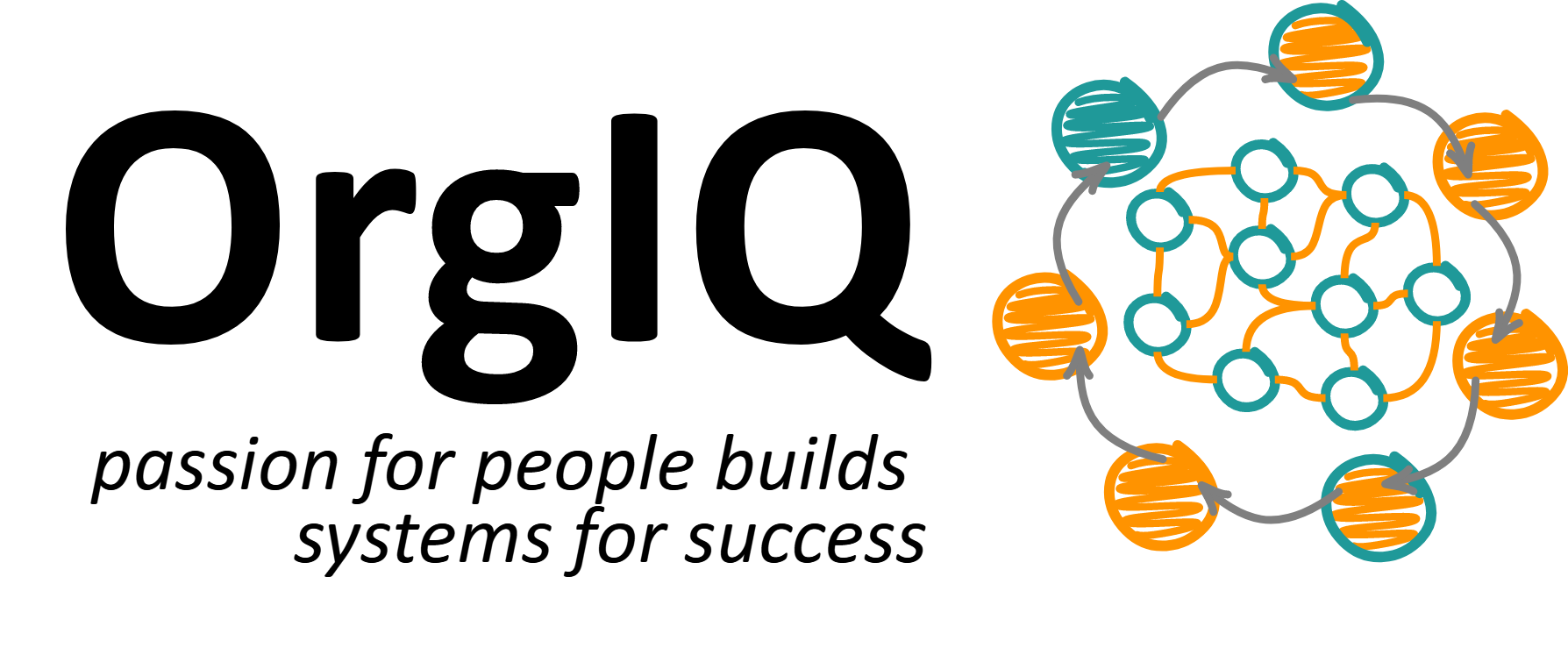Feudalism, often romanticized for its chivalry and castles, unfolds differently when viewed through the eyes of the majority. Before this system took hold, people lived in varied societal structures, from decentralized tribal communities to sprawling empires. With the fall of the Roman Empire around the 5th century, Europe entered a new era that paved the way for feudalism’s emergence in the 9th century.
Under feudalism, society stratifies into a pyramid of power: at the top are the lords, in the middle the vassals, and at the base, the vast majority – the serfs. Lords promise protection, vassals swear loyalty, and serfs labor on the land, but the benefits of this system flow disproportionately upward. For the elite, it offers wealth and power; for the serfs, it ensures survival, albeit at the cost of freedom and prosperity.
The spread of feudalism across Europe isn’t just a tale of social order but also of entrenchment of power dynamics. Castles and knights symbolize not just protection but the dominance of the few over the many. The majority, bound to the land and their lords, find themselves in a precarious position: indispensable yet expendable, protected yet oppressed.
Today, the legacy of feudalism lingers in modern societal structures, from hierarchical organizations to property laws. Yet, the world has evolved, championing ideals of equality, democracy, and shared prosperity. For the majority, these principles offer a more equitable alternative to the rigid stratification of feudalism.
In envisioning systems that better serve the majority, we look to models that emphasize collective well-being over individual power. Democratic governance, social welfare, and cooperative economics stand out as frameworks that prioritize the needs and voices of the many. These models seek to balance protection and loyalty with fairness and opportunity, ensuring that the benefits of society are more evenly distributed among all its members.
The question “What is best for the System?” is not the same as the question “What is best for 1% of the System?”.
This difference is the biggest obstacle to let feudalism go in today’s organizations.
Danilo Assmann
Feudalism’s story, when viewed from the perspective of the majority, is a reminder of our ongoing journey towards creating societies that value and uplift every individual. It challenges us to learn from the past and to re-imagine our future, ensuring that the dangers of disproportionate power and systemic inequality are addressed and mitigated.

Leave a Reply